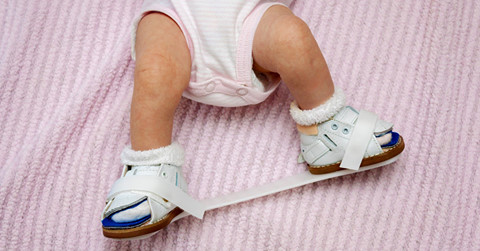IS Your Child Showing Signs of Hip Dysplasia?
January 25, 2020 by Steven Beldock
Complications during pregnancy can be devastating. One complication might not be detectable until a person has reached his or her teenage years. This is known as “hip dysplasia.”
According to Mayo Clinic, hip dysplasia occurs when the “hip docket does not fully cover the ball of the upper thigh bone.” This typically occurs when there is not enough room in the womb for the hip joint to develop properly. If there is not enough room, the hip socket can move out of position and the ball of the bone can become improperly covered.
Because hip dysplasia typically occurs when a baby is cramped in the womb, it is common in larger babies and first pregnancies. It can also occur if the baby is in “breech position,” which means the baby presents with his or her buttocks and feet first. It is important for doctors to look for babies that present in breech position and correct the situation as soon as possible.
Hip dysplasia can cause arthritis in the hip as the ball of the bone improperly rubs against the hip socket. This defect can also damage the cartilage in the hip joint. Individuals will likely need surgery to repair this type of injury.
It is important for parents to look for symptoms of hip dysplasia as their baby gets older. The most common signs of hip dysplasia can include:
- One leg that is longer than the other
- One leg is less flexible than the other
- A child walks with a limp
- Hip instability
- Groin pain
If your child is showing signs of hip dysplasia, consult with a doctor immediately. It can also be beneficial to consult with an experienced personal injury attorney to determine if you can file a lawsuit and help your child get the compensation he or she deserves.







